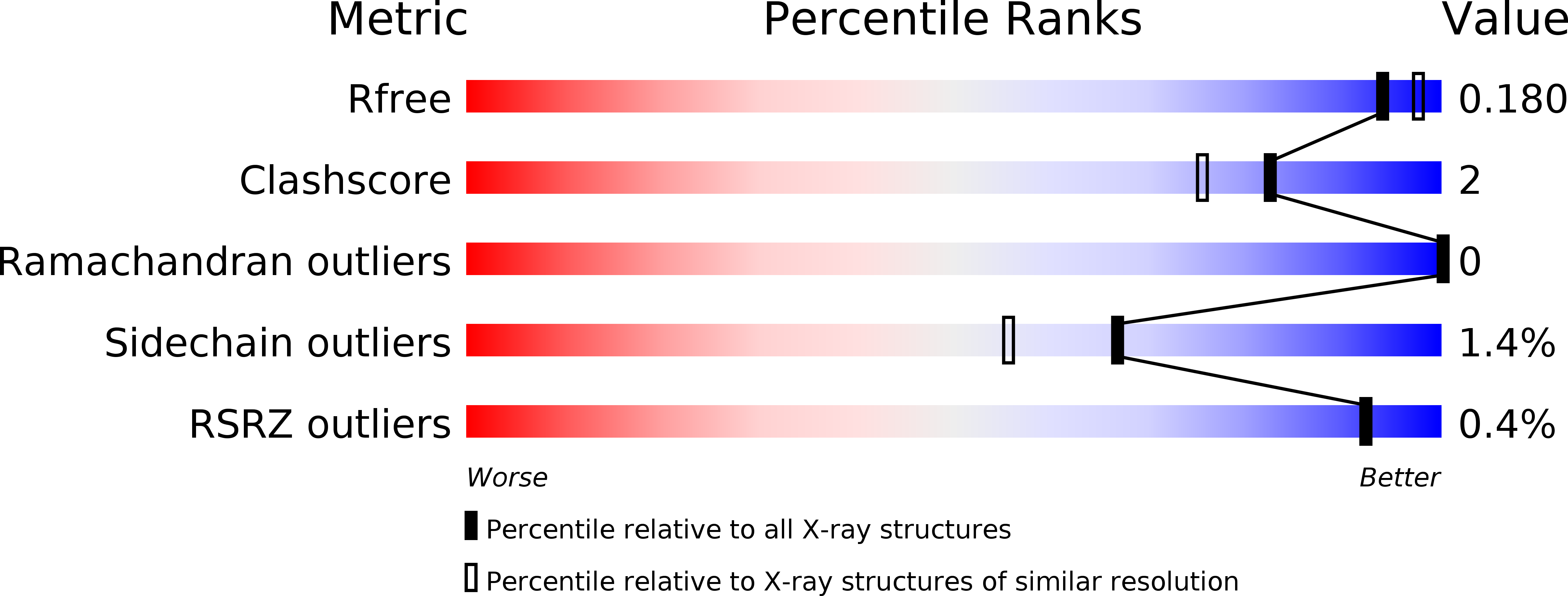
Deposition Date
1998-04-17
Release Date
1999-02-02
Last Version Date
2024-05-22
Method Details:
Experimental Method:
Resolution:
1.86 Å
R-Value Free:
0.19
R-Value Work:
0.16
Space Group:
P 1


